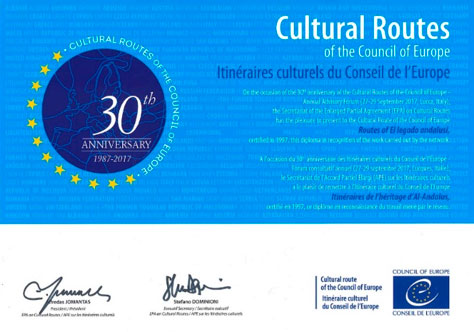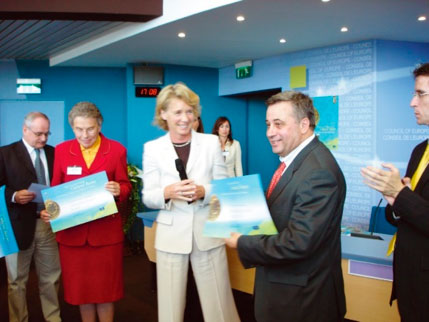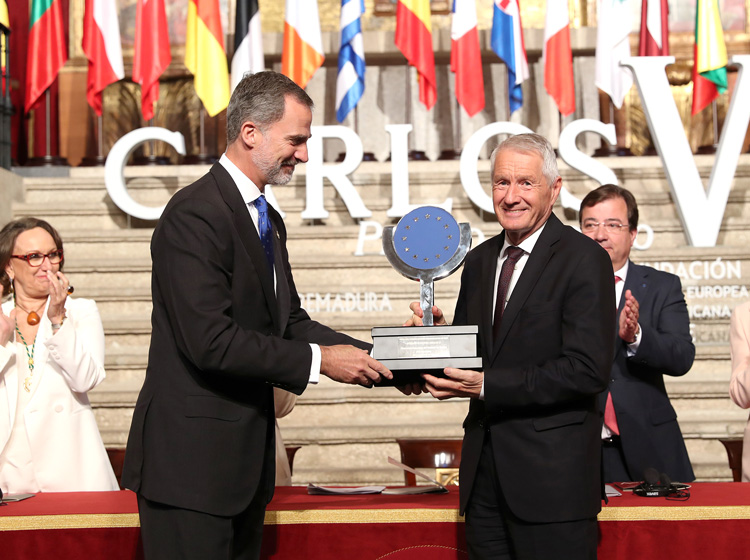
Cultural Routes of the Council of Europe
The Routes of El legado andalusí are Cultural Route of the Council of Europe
Understanding the relevance of such a distinction is to know the pillars, aims and trajectory of the “Cultural Itineraries of the Council of Europe” program.
The Council of Europe was born after World War II, with the Treaty of London on May 5, 1949, with the purpose of establishing itself as guardian of democratic values in the European continent and is currently the oldest European international organization with a pan-European vocation. Located in the French city of Strasbourg, it includes 47 countries -28 of them are members of the European Union- unified by their commitment of “safeguarding and promoting the ideals and principles that constitute their common heritage and favour their economic and social progress”. (Statute of the Council of Europe, 1949).
Spain signed its accession to the Council of Europe in 1977, and since then, it has been working, with a permanent representation, on the organization’s targets.
In 1987 the Council of Europe created the Cultural Itineraries program, an invitation to travel with the idea of rediscovering the rich and diverse European material and intangible heritage and connecting people and places through networks (routes, paths, itineraries …) with shared history and heritage. Starting from this concept, the aims and values of the Council of Europe –human rights, cultural diversity, dialogue and exchanges between peoples, religions and cultures–, beyond territorial borders, acquire meaning and are much appreciated.
In 1998 the European Institute of Cultural Itinerarieswas created as part of a political agreement between the Council of Europe and the Grand Duchy of Luxembourg, with the aim of creating an European public service for the program, and has its headquarters in Neumünster Abbey, Luxembourg.
The Institute is the technical agency and executive body that guarantees that the objectives set for the Cultural Itineraries of the Council of Europe are fulfilled. It advises and evaluates the certified Cultural Itineraries, guides the new projects in the certification process and organizes training and promotional activities aimed at itinerary managers. It coordinates and assists those responsible for projects, entities, researchers, etc… It is the responsible for guarding and conserving the large volume of documentary resources as results of the program.
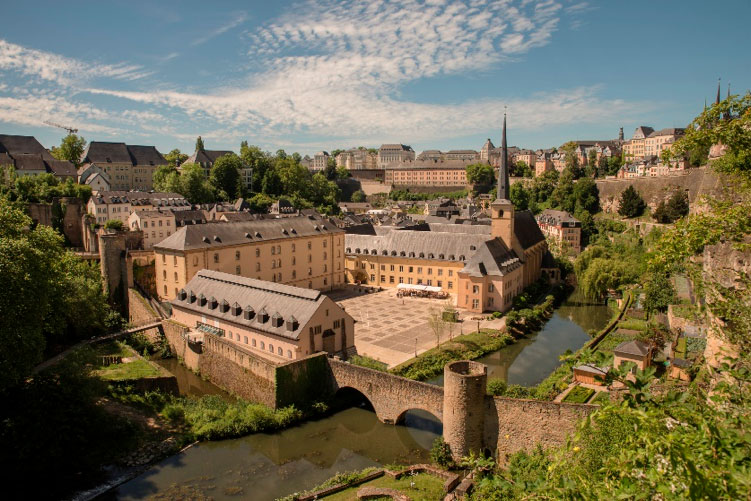
The routes put into effect innovative activities and projects belonging to five priority fields of action: cooperation in research and development; improvement of the collective memory, history and European heritage; cultural and educational exchanges for young Europeans; contemporary cultural and artistic practice; cultural tourism and sustainable cultural development.
Another important task of the European Institute of Cultural Itineraries is to unify and consolidate the information of the 40 Cultural Itineraries of the Council of Europe, providing them with joint visibility.
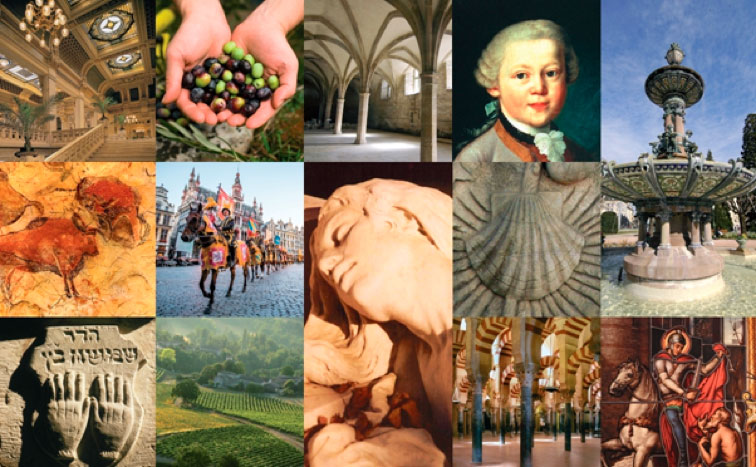
The General Secretariat of the Council of Europe, with the purpose of reinforcing the potential of the Cultural Itineraries, instituted an Enlarged Partial Agreement on the Cultural Itineraries of the Council of Europe (APA), which is headquartered in the offices of the Institute. It is constituted by 32 states and it is open to accession to member and non-members states of the Council of Europe.
It is the organ in charge of granting the “Cultural Itinerary of the Council of Europe” certification and ratifying the renewal of the accreditation of the Itineraries every three years.
The Routes of El legado andalusí
